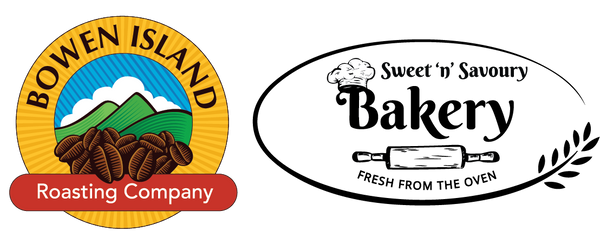The Chemistry of Coffee Roasting
Nothing affects the flavour of coffee more than how the green bean is roasted. If you were to grind and brew raw green beans, it would not taste like coffee. Roasting is the key stage where the characteristics of the taste, aroma & final flavour of the bean is developed. The length of time of the roasting process also determines whether the coffee will end up being a “Cinnamon”, “City”, “Espresso”, “French” or “Spanish” Roast. In simplified terms, coffee is described as “light”, “medium” or “dark” roasted.
As heat is applied to the bean a chemical change in the physical structure and composition occurs. Water evaporates, starches convert to sugars, and the sugars caramelize. The beans increase in size from 25-
Gradually the green beans turn a yellowish colour, then darken to a deep rich brown. It is during this colour change that a number of chemical reactions occur, causing the beans’ sugars and proteins to interact with each other. It is these changes, and the release of caffeol, or coffee oil, that are essential in bringing out the flavour and aroma of the beans. The darker the beans are roasted, the more oil they produce.
Flavourful acids form as the beans turn into a medium-
The lighter the roast, the more flavour acids, resulting in interesting flavours and sparkle. Lighter roasts are lighter in body because the roast has not produced caramelized sugars or caffeol.
Medium roasts have less acidic snap; they are richer, with a more rounded flavour. Here, coffee oils begin to appear.
At the dark roast stage, all acidic tones disappear; the beans are oilier; there is a definite bittersweet, chocolaty flavour; the brew is rich and full in body and texture.
Roast levels also affect caffeine levels. As a general rule of thumb: the lighter the roast, the more caffeine is retained. Roasting darker essentially burns off more caffeine.
SUBSCRIBE & GET 10% OFF YOUR FIRST ORDER!
Be the first to know about new collections and exclusive offers.
